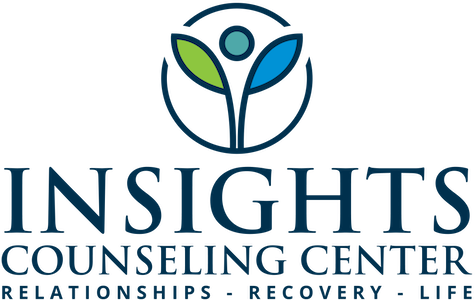
Disclosure Preparation for the Betraying Partner – Sharing the Truth with Integrity and Care
Writing the Truth with Courage, Care, and Accountability
If you're preparing to disclose sexual secrets, infidelity, or patterns of hidden behavior, you're likely carrying a mix of fear, shame, and pressure to “just get it over with.” But full disclosure isn’t about dumping information or avoiding consequences. It’s about doing the deep work of responsibility—without minimizing, justifying, or blaming.
At Insights Counseling Center, we walk with you through the full therapeutic disclosure process in a way that honors the truth, respects your partner’s pain, and helps you move toward becoming someone trustworthy—not just someone who stopped lying.
Who This Is For
This page is for individuals:
Who have engaged in hidden sexual behaviors, infidelity, pornography use, or other patterns of secrecy
Whose partner has recently discovered a secret and is asking for the full truth
Who are working with a therapist at Insights Counseling Center to write a full disclosure
Who want to take ownership—not just “move past it”
Whether you’re facing pressure to come clean or are choosing to take this step on your own, this process can be a turning point in your growth, healing, and future relationships.
What the Writing Process Looks Like
Disclosure writing is typically done over 6 to 8 sessions with one of our therapists—David Tucker, Tal Prince, or Kussi Lipskier—and includes revision, pacing, and therapeutic support. If the relationship is under extreme strain, we may begin writing immediately. Otherwise, we prefer to start with key assessments and preparation work.
We use the following assessments to guide the process:
Sexual Dependency Inventory (SDI) – to help identify the full pattern of sexual behaviors
Post-Traumatic Stress Index – Revised (PTSI-R) – to track trauma for both individuals
MAWASI – to uncover financial or work-related dynamics that may affect repair
Each document is crafted to tell the whole truth—without defending, deflecting, or reshaping the story to preserve image or soften the blow. It’s not just about what happened. It’s about owning the harm in a way that helps your partner breathe again.
Responsibility Without Rationalization
Many partners begin this process wanting to explain everything—why they strayed, what they were missing, how both people contributed to the disconnection. While those conversations matter, they come later.
In this phase, your task is to repair the foundation of truth. That means setting aside defense and focusing on clarity. This isn’t about being punished—it’s about facing the truth in a way that allows your partner to finally know what’s real.
We view this process as beneficial for both partners—especially when paired with a polygraph, which often reduces the ongoing vigilance many betrayed partners experience (“Do I know everything? Is this finally the whole story?”)
Want to Learn More About Writing the Disclosure?
These blog posts offer additional insight into what full disclosure really involves—and how to approach it with clarity, care, and responsibility. Whether you're just beginning to write or feeling stuck in the middle, these reflections are here to support you.
Featured Blog Posts: (coming soon)
What Full Disclosure Is—and What It Isn’t
How to Tell the Whole Truth Without Justifying
The Role of Shame in Disclosure—and How to Move Through It
Writing to Repair, Not to Protect: A New Way to Show Up in Your Story
Recommended Resources for Disclosure Writers
These resources complement the work your spouse is doing to prepare for hearing your disclosure. At Insights, we guide each partner through a parallel process—helping you write the truth with clarity and care, while your spouse is supported in preparing to receive it safely. These books are tools to support your part of that process.
IITAP Disclosure Model
Courageous Love
– Stephanie Carnes
A roadmap for couples navigating sex addiction recovery. While focused on the addicted partner, many couples find this useful when working toward relational healing together.
APSATS Disclosure Model
Full Disclosure: Seeking Truth Volumes 2 – Janice Caudill & Dan Drake
Volume 2 helps the betrayed partner clarify the questions they need answered, while also offering resourcing for emotional preparation.
Best used with clinical support as part of a structured disclosure process.
What Happens After Disclosure
Some couples choose to stop after a few sessions of accountability. Others move into structured repair work, such as Atone-Attune-Attach, or enter full couples therapy guided by Gottman, EFT, PACT, or Schema models. We help each couple decide their pace, based on readiness, relational dynamics, and emotional safety.
If sex addiction or compulsive patterns have been identified, we support a parallel process of sex addiction recovery alongside relational healing. Recovery work is paced to respect both partners’ needs and restore emotional and sexual integrity over time.
With two willing partners, we believe healing isn’t just possible—it can become the foundation of a stronger, more connected future than either of you imagined.



